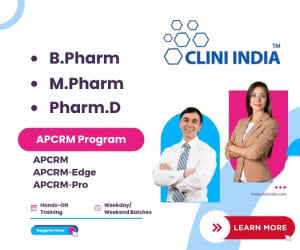Creates a leading Global Established Pharmaceutical (GEP) Business
Expected to be immediately accretive to adjusted diluted EPS upon closing; USD 0.10- USD 0.12 accretion to adjusted diluted EPS expected in first full year after close with additional accretion anticipated thereafter.
Pfizer Inc. announced that it has completed its acquisition of Hospira, Inc.
“We are pleased that Hospira, the world’s leading provider of injectable drugs and infusion technologies and a global leader in biosimilars, is now part of Pfizer. We want to welcome our new Hospira colleagues to Pfizer. We are excited to add their talents and proud of the shared commitment of all Pfizer colleagues to serving patients worldwide,” said Ian Read, chairman and chief executive officer, Pfizer. “We believe that through this transaction, we’ve created value for our shareholders by delivering incremental revenue and expected EPS growth in the near-term by strengthening our GEP business and positioning it for future growth.”
Pfizer’s GEP business now has a leadership position in the large and growing sterile injectables category, with a robust portfolio of both generic and branded products. The global market for generic sterile injectables is estimated to be USD 70 billion in 2020. In addition, GEP has significantly advanced its biosimilars business with a broadened portfolio of marketed products and pipeline assets, which will benefit from Pfizer’s best-in-class capabilities in monoclonal antibody development and manufacturing. The global market for biosimilars is estimated to be approximately USD 20 billion in 2020. The industry-leading medication management systems business, which is now part of GEP, is a complementary business that benefits patients and healthcare systems through improved accuracy and productivity in clinical care. Pfizer is now poised to use its commercial capabilities, global scale, scientific expertise and manufacturing prowess, which now includes two of the largest sterile injectable manufacturing facilities in the world, to maximize the global potential of its enhanced GEP portfolio of sterile injectables, biosimilars and medication management systems.
“Pfizer and Hospira are now one unified team providing patients with access to one of the broadest and most diverse portfolios of difficult-to-manufacture, life-saving sterile injectable products in the industry. Together, we are also a leading global biosimilars company with a robust pipeline, best-in-class development capabilities and extensive real-world commercialization experience. We can also deliver novel capabilities through our medication management systems business,” said John Young, group president, Global Established Pharmaceutical business. “By increasing the number and availability of high-quality generic injectable drugs and biosimilars that we offer our customers, we are strengthening our commitment to improving the health and quality of life of patients around the world with high quality medicines across key therapeutic areas.”
Pfizer continues to expect the transaction to be immediately accretive to adjusted diluted EPS1 upon closing, and accretive by USD 0.10 - 0.12 per share in the first full year after the close, with additional accretion anticipated thereafter. In addition, Pfizer expects the transaction will deliver USD 800 million in annual cost synergies by 2018. Pfizer intends to update its 2015 financial guidance in the coming weeks to incorporate Hospira. The guidance will reflect the anticipated contribution from Hospira operations from the time of the completion of the Hospira merger to Pfizer's fiscal year end, which is November 30, 2015 for Pfizer’s international fiscal year and December 31, 2015 for Pfizer’s U.S. fiscal year.
Hospira, Inc. is now a subsidiary of Pfizer Inc. The combination of local Pfizer and Hospira entities may be pending in various jurisdictions and integration is subject to completion of various local legal and regulatory steps.
<< Pharma News
Subscribe to PharmaTutor News Alerts by Email >>

.gif)









.png)

